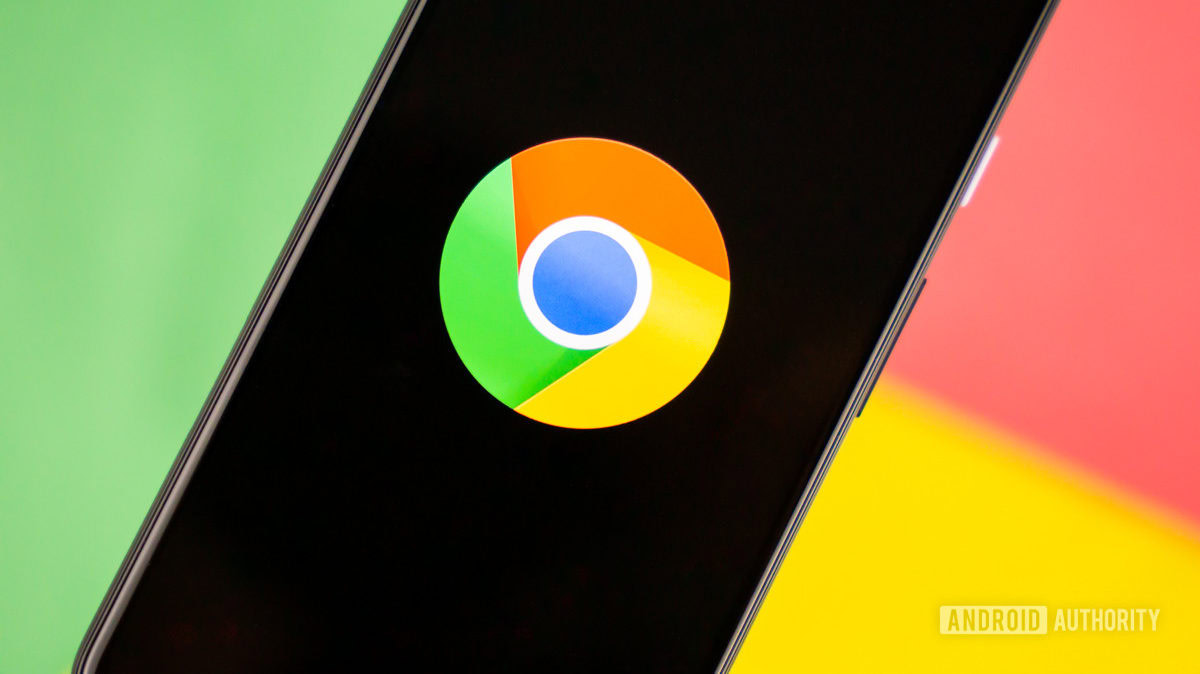Affiliate links on Android Authority may earn us a commission. Learn more.
Greater control over a website's notifications coming to Google Chrome in Android O
Published onJuly 28, 2017

One of the more significant changes within Android O involves what Google’s upcoming update has done relative to notifications. From notification dots to how they are presented in general, notifications received plenty of attention from the search giant. Google’s work on that front is not done, however, since it will update Chrome to give websites their own notification channels.
To be clear, this feature is not available in any current version of Chrome, which all currently offer five notification channels: Browser, Downloads, Incognito, Media, and Sites. With these channels, you can set the level of importance and tell Android how you would like the different types of notifications to be handled.
The issue is with the “Sites” channel, which treats every website the same. Furthermore, though you can go into Chrome’s settings to control an individual website’s notifications, you are not given granular options – you can only select yes or no. As such, you cannot tell a website what sort of notifications you want from it – either you get all of them or none at all.

With the upcoming work being done, however, each website will get its own separate notification channel within Chrome’s notifications. Secondly, when you select a website’s notification permissions when you visit Chrome’s settings, you get sent to that site’s notification channel.
Within these new settings, you can also pick whether to block all notifications, a website notification’s level of importance, default notification sound, whether your phone vibrates to a notification, whether a badge icon is assigned, and whether notifications can overrride your device’s Do Not Disturb.
In short, since each website will receive its own notification channel, you now have more control over how a site’s notifications are received on your device.
There is no word on when this feature will pop up in an upcoming version of Chrome, but with Android O’s launch right around the corner, we expect it to be sooner than later.